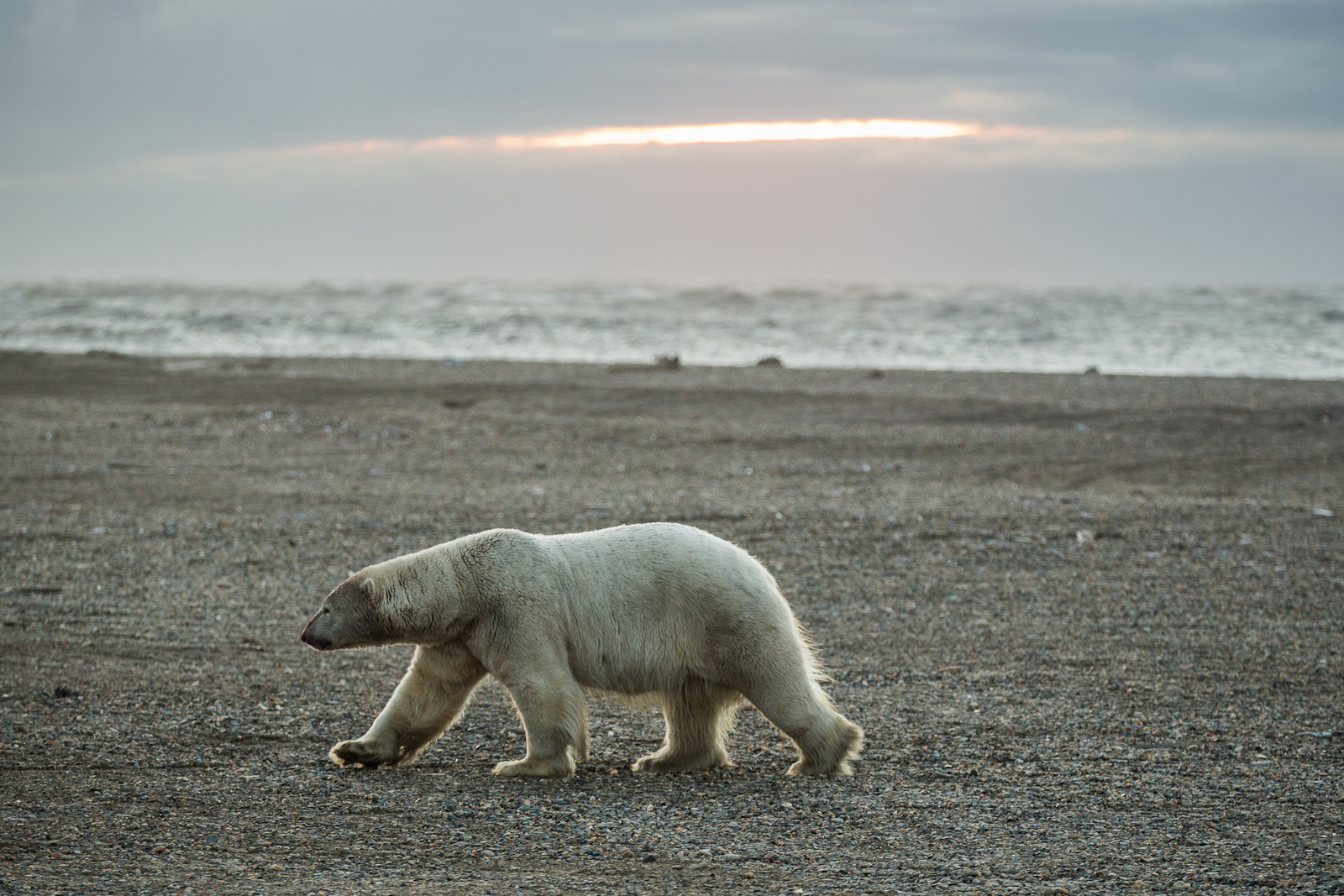How do polar bears find prey? The answer is blowing in the wind

Polar bears along the western Hudson Bay coast have varied success in their quest to find ringed seals to eat.
But new research has found that the answer to that success is blowing in the wind. More specifically, a polar bear’s success as a predator depends on how they move relative to the wind.
Research has already established that polar bears, like many mammals, use their sense of smell to find food, an important tool given those animals cover large habitat where sea ice can obstruct their view during most of the year.
“We know how important their sense of smell is for finding seals,” said Ron Togunov, a Masters student at the University of Alberta and lead author of the new study Windscapes and olfactory foraging in a large carnivore.
“How they move through their environment to maximize that area they’re perceiving through the smell—that’s been largely theoretical. So we examined polar bears to see how they move, relative to wind.”
While travelling, polar bears can move in three directions; upwind, downwind or crosswind, a direction that would be perpendicular to the way the wind blows.
University of Alberta researchers have been collaring female polar bears along western Hudson Bay since 2004 as part of a long-term monitoring project.
Using that data and wind data collected by the U.S. National Oceanic and Atmospheric Administration (NOAA), researchers found that, in certain conditions, the polar bears use crosswind movement to track their prey.
“Travelling crosswind gives the bears a steady supply of new air streams and maximizes the area they can sense through smell,” Togunov explained.
Data shows the animals moved crosswind most often in the winter months, when winds were slow, and at nighttime was their vision was less effective.
That proved key while bears were navigating the sea ice which can be flat but can also be heavily layered with pressure ridges, allowing seals to hide out of sight.
During the summer months, when polar bears are on the land, researchers found their olfactory use was random and limited—which makes sense, given the bears aren’t hunting seals that time of the year.
Although biologists have long speculated that wind direction and hunting success were related, Togunov said it’s exciting to finally back up that theory with evidence.
“This hasn’t been quantified in any mammals, although it’s been suspected for decades,” he said.
The research points to other potential implications for polar bears as the climate changes, given that higher wind speeds correlate with a less successful hunt.
Wind speeds in the Arctic are projected to increase overall, Togunov said, which could create more challenges for polar bears and impact how successful they are harvesting.
“We are seeing more polar bears entering human communities [and] these are usually bears with lower body conditions, usually starving,” he said.
“If the increase in winds speeds decreases their hunting success, then that could be another element—on top of decreasing ice cover—that further stresses the bears.”
Windscapes and olfactory foraging in a large carnivore was published this month in the journal Scientific Reports.